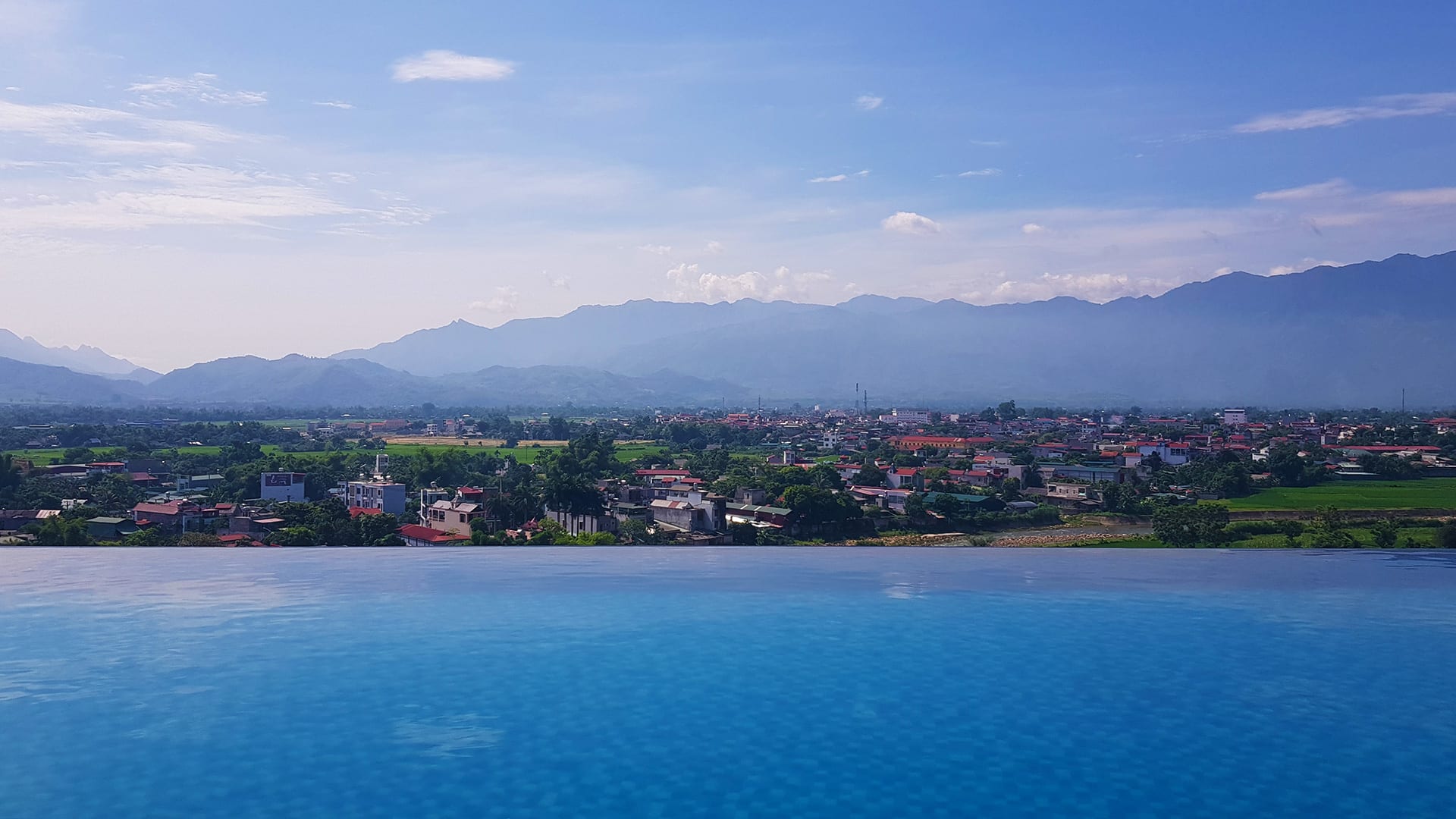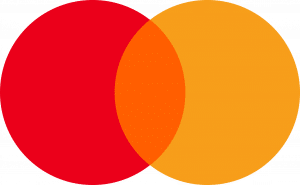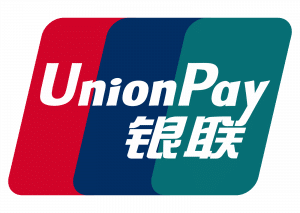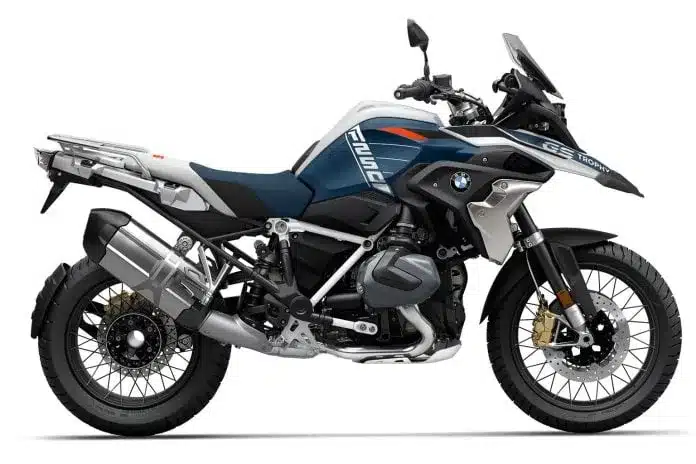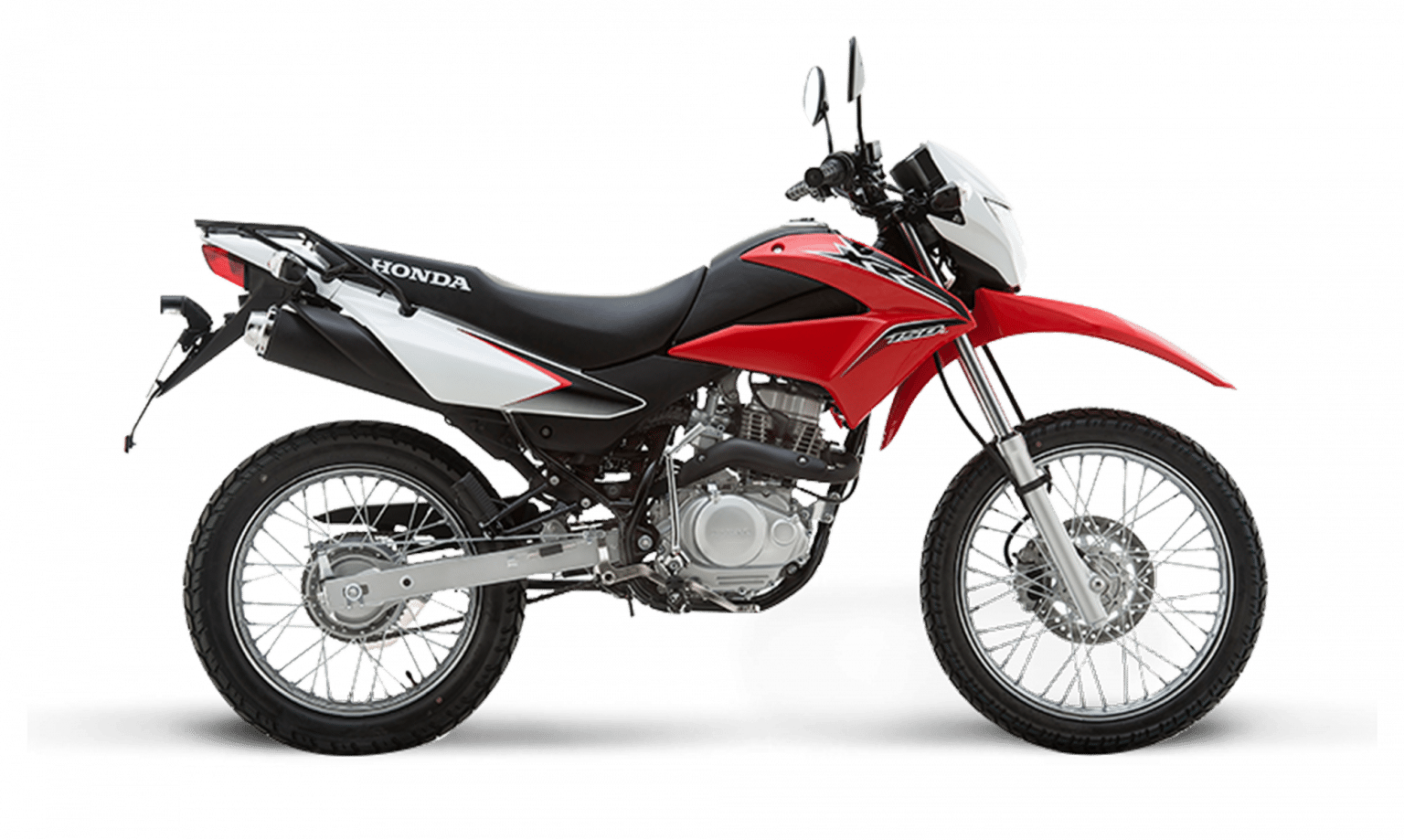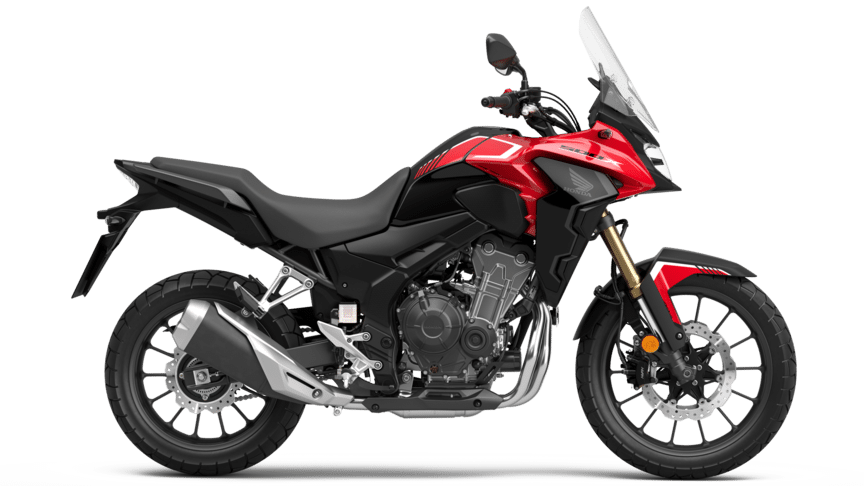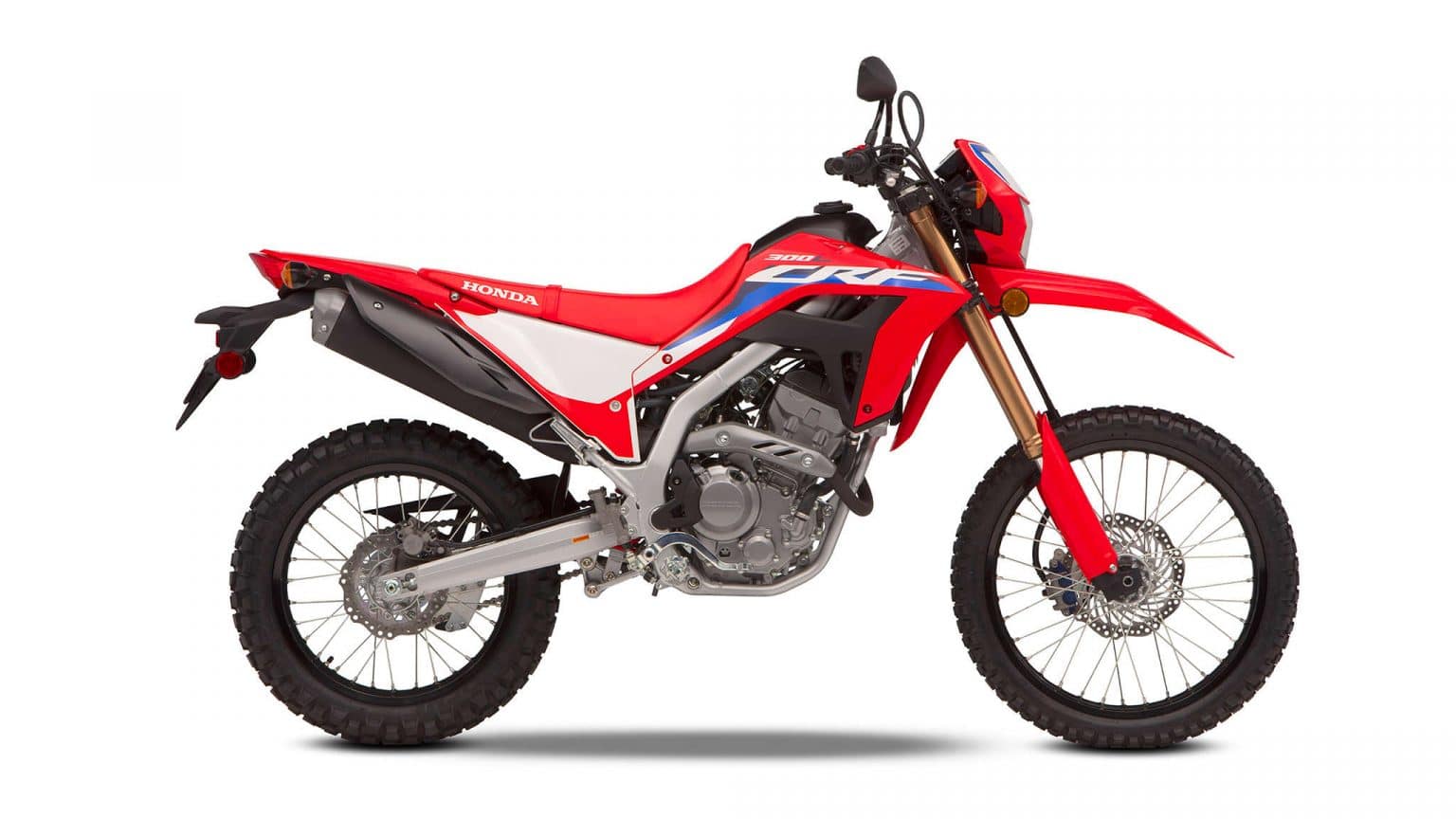Introduction
The Central North Loop 11 day itinerary is a full-on route that is going to see your head from the lowlands to the highlands and back. It is seriously massive and should not be attempted by anyone who hasn’t done this kind of thing before. It isn’t about the difficulty of the ride, it’s just really long!
The full route, in BLACK, is long and takes a long time. On the way, you will see about everything the North can offer in terms of diversity of people and the environment. It is not for the beginner and you should allow at least 10 days, more like 20, for something like this.
There are a few side trips and detours, in RED, that you can take that will add days and time to the tour.
The good thing is that at key points (Lao Cai, Ha Giang, Cao Bang, and Lang Son) you can easily get you and your motorbike back to Hanoi by bus or train. So if it becomes too much, you have a get out. These routes are marked in BLUE, except for the Lang Son – Hanoi route as it is the same as the regular route.
The loop passes through some awesome stretches of country, and shares a good few roads with some of our most popular motorcycle tours, including Eastern Tear Away and the Great Loop.
Central North Loop Map
11 Day Itinerary
Day 1: Hanoi - Nghia Lo (200km, 6-7hrs)
At 200km, this is a big first day. It gets you out of town and well on your way and you are now at the start of the Hoang Lien Mountain Range. There are excellent homestays here with good food and cold beer. You will need it. It is advised that you leave early to miss the traffic and get to the destination before dark. Make sure you have a booking for the night.
Take the QL32 as this is the best route. The first part of the ride is quite heavy traffic but after passing Son Tay this calms down. The road from here on is busy at times but it meanders and is fun to ride.
You will pass through fields of tea trees and then wind your way through mountains and valleys before coming out on to the Nghia Lo Plain and into fields of rice again.
Nghia Lo is a reasonably sized town and has a lot of hotel and food options. Also, a strategic point for the French in the Indochina war but there are very few remnants of this now. You are surrounded on all sides by mountains and the only way out is to climb out.
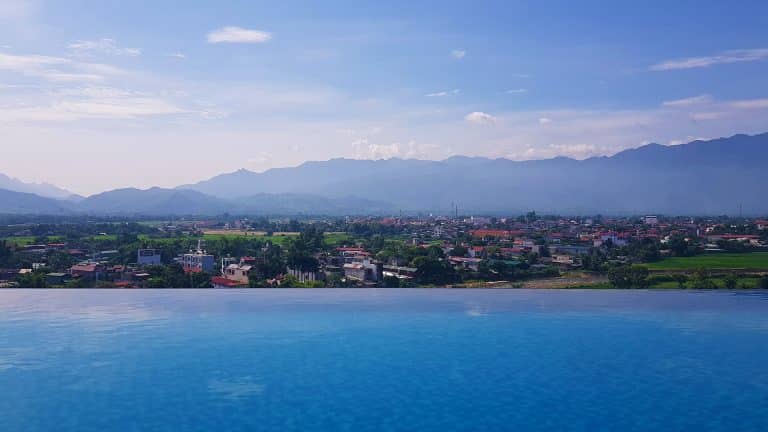
Day 2: Nghia Lo - Than Uyen (140km 4-5hrs)
This is another fairly long day due to the terrain. You will climb up the mountains to Mu Cang Chai going over the Lung Lo pass and then the Khau Pha Pass. Then you follow the valley North up to Than Uyen.
There are many places to stop on the way for great views and lots of tourist spots take photos. There are a few waterfalls and you may even see paragliders. However, the most spectacular sight in this area is the fantastic rice terracing, which is a sight to behold. You will reach heights close to that of Mt. Fansipan which awaits you tomorrow.
The road is well maintained and is great to drive. You will not notice the distance you are covering.
Than Uyen is a small strung out town with a few hotels and eateries. This is not the most interesting or comfortable place to stay but it usually comes after quite a long ride so anything is welcome. The town is developing and growing so you will find a distinct ‘new’ area around the lake. Near here and the stadium is the best area to stay.
Day 3: Than Uyen - Sa Pa (100km, 3hrs)
A much shorter hop today and again following the valley until you join the QL4D and come to the O Quy Ho Pass. This area is home to Flower Hmong and Dzao people and you will see many of them in their colored garb.
This is where you begin to climb to Sa Pa which sits at around 1500m elevation. You will be surrounded by peaks sitting at some 2000+ meters and the scenery is wonderful.
If you are interested in taking a longer ride you can take the DT155 North to Y Ty and loop round to Lao Cai and then back up the hill. Lao Cai is not a place worth staying. This makes an extra scenic loop but does mean you will back track the next day.
Sa Pa is THE tourist destination of the last decade and there are many things to see and do there, not least taking the cable car up to the peak of Fansipan Mountain. This is a small (but quickly growing) hill station set up by the colonial French as a getaway from the heat of Hanoi. You will find every tourist need catered for along with tribes of group tourists. It is a good place to stop and recharge but mustn’t be the only place you visit.
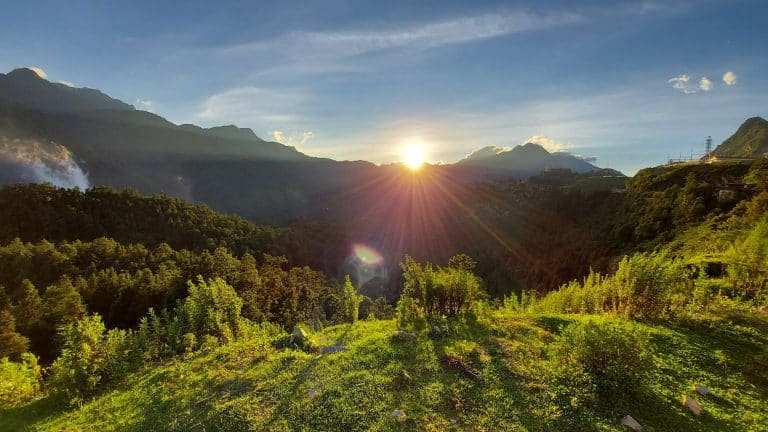
Day 4: Sa Pa - Bac Ha (100km, 3 hrs)
Sa Pa is a great place to take a rest day. There is plenty to do here. You can trek, mountain bike, take the cable car to the top of Fansipan or just find a hammock. This will give you a rest and allow you to clean up a few things.
If you need to be on the road, then your next stop will be Bac Ha. This is a small market town that has turned itself to tourism. Therefore, see if you can hit it on a Sunday (market day) for the best experience. If you choose to take a longer route, then the QL4C and the the DT 155 through Si Ma Cai are good options
The route to Bac Ha is mainly highway and is a little busy but you soon turn off this and get on to a more scenic route. The further you go and the more into the hills you get, the more interesting the route is. This area is home to a lot of Hmong and Dao people and is also well known for plums and apricots which are often used to flavor the rice wine.
Bac Ha is well-known as a market town but also has many other attractions. There is the nearby Coc Ly market, Can Cau market, Bac Ha Temple, and the Hmong Palace. Also, well known for the local plums which have to flower 3 times before producing fruit. If you leave Sa Pa early you can spend the afternoon looking around.
Day 5: Bac Ha - Ha Giang (180km, 6 hrs)
This is another big day, on some small and winding road before you hit the highway again. Head out from Bac Ha towards Vinh Quang. You will pass through an area famed for its rice terraces (it is a world heritage site).
It is advisable to take the main route on the DT177 as it is easier to drive and follow. However, if you with friends and have skills you might like to try the intrepid route along the border with China. This is a VERY difficult route and you need the right bike and right mindset. Be warned.
You will then either hit the QL2 highway from the North or the South of Ha Giang and getting to town will be quite fast. This road is quite busy and you will be glad to get to Ha Giang. There are lots of food and accommodation options here but it really is only worth an overnight.
Ha Giang was historically a strategic outpost for the French colonials it is now the capital city of Ha Giang province which is rapidly growing in popularity. There is a massive influx of tourism in what was once remote and difficult to access region. There are some interesting sites, such as Km0, but the real gems lie on the road ahead. There is plenty of access to hotels and food and possibly too much competition now.
You will find 22 ethnic groups represented in this city, however, the majority are Kinh and Tay, 55.7%.
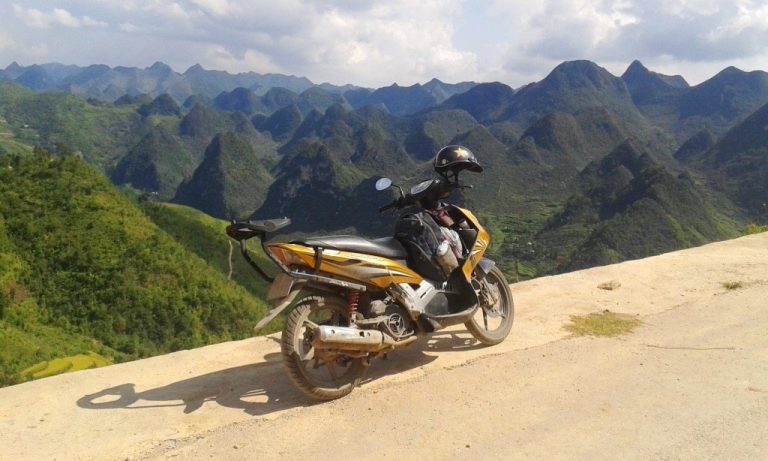
Day 6: Ha Giang - Yen Minh (110km, 4 hrs)
We are now entering Vietnam’s best routes. The mix of road, view, and culture all combine to make this the most memorable part of your trip. Guaranteed or your money back.
You will climb up on to the Dong Van Plateau and can stop at sites such as Heaven’s Gate, Fairy Mountain, and Lung Khuy Cave. The roads are narrow and winding and treacherous so caution is necessary. In the winter months, the cloud will reduce visibility and make this even more dangerous. This is not a beginner’s playground.
If you are short on time, it is possible to head straight for Bao Lac and then take either the back road or the QL34 over to Cao Bang. However, you risk missing out on the best that Vietnam has to offer in our opinion.
Yen Minh is a small town with several hotels and eateries best used as an overnight stop. It is quite sleepy but the influx of tourists means that new places are opening more often than we can keep up with. There is a small ‘cultural village’ in the centre of town with some good homestays.
If you are interested there is also a memorial to the workers who died in the construction of the Happiness Rd.
This is seen as the gateway to the Dong Van Karst Plateau.
Day 7: Yen Minh - Dong Van (Via Lung Cu) (90km, 4-5hrs)
There is more of the same today, great winding road and steep uphills. All the while, you will be passing through small villages and seeing ethnic people in their traditional dress. The scenery is great.
There is a detour up to Lung Cu Flag Pole, the northernmost point of Vietnam. This is a good trip and will take you into the heart of Lo Lo territory. Then it is back down to Dong Van to spend the night. Make sure you stay close to the old market as this is the oldest, an original area in what is a rapidly expanding town.
Note: It is possible to combine Day 6 and Day 7 if you are short on time but we feel you might miss out on some of the best this route has to offer.
Dong Van is a growing town situated in the Dong Van Global Geopark. There is plenty of accommodation and food here. It can be very cool in winter (4 or 5C) due to the elevation so bring warm clothes. Here there are around 17 ethnic groups present, though it will be hard to spot most of them.
Day 8: Dong Van - Bao Lac (90km, 3 -4 hrs)
You will snake along the course of the Nho Que River and over the Ma Pi Leng Pass (possibly the best known scenic spot in Vietnam) before heading down to Bao Lac. There is a Sunday market here and many ethnic people from the neighboring provinces of Ha Giang and Cao Bang meet to trade. It is a colorful sight.
You will make good time on this stretch of road as construction is now finished and it is good easy driving. Just be careful to take it slow on the downhills and stay tight on your side of the corners.
Bao Lac is a very small ribbon of a town focused on the large local market at the T Junction. There are a few hotels and a bus station here now and nothing much else. It is a sleepy place in which you are likely to get a good night’s rest.
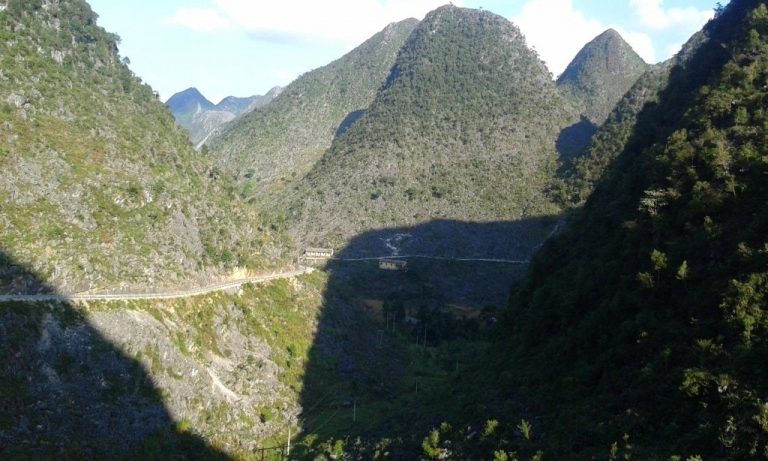
Day 9: Bao Lac - Cao Bang (130km 4-5hrs)
You have the choice of taking the QL34 or the back roads for this leg of the journey. The highway is a fast smooth road and still scenic. You will need to be careful of speed and blind corners but is not a difficult drive. The back roads are a little more technical and more for the experienced rider. A dirt bike makes light work of these and a semi-auto can make it but it would be very hard if there had been a lot of rain. Ask the locals first.
Cao Bang is a large town and capital of the Cao Bang Province. There is a lot of good accommodation here and this can be used as a base for excursions to surrounding sites, such as Ban Gioc Waterfall or Pac Bo Cave. There is also a large market which is interesting and a lot of local food specialties are sold here. Sausage is one of these.
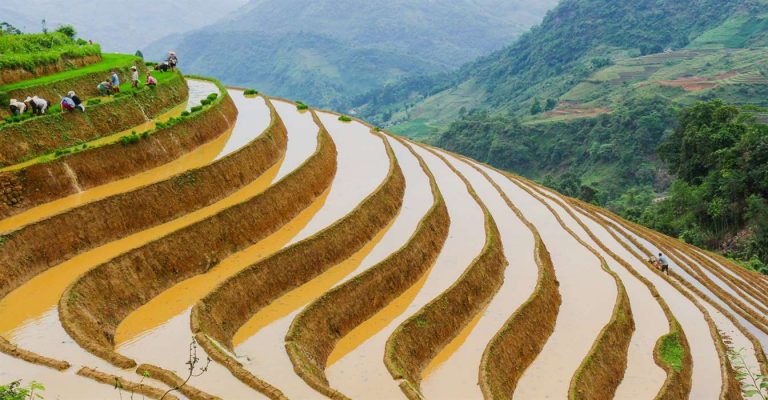
Day 10: Cao Bang - Lang Son (125km, 3hrs)
Cao Bang is another area where you might want to stop and have a rest day. It is easy to take a half day trip to Ban Gioc Waterfall, Angel Eye Mountain or Uncle Ho’s Cave hideaway. Meanwhile, get the hotel to do some washing for you.
The route to Lang Son is a straight fast stretch down the QL4A. You can make good time on this road as you skirt the border with China. You will arrive in plenty of time to visit Dong Kinh Market to look at the cheap Chinese goods on sale. This is an easy day even though the mileage is rather high.
Lang Son is a reasonably sized border trading town up in the far northeast of Vietnam. This is the beginning point of national highway 1A and has been the site of many battles between the Chinese and French forces. There are many options for hotels and food here and a variety of Chinese specialties can be found. It is easy to access due to the main highway between it and Hanoi.
As the town is traditionally and mainly a market post you may wish to visit Dong Kinh Market. If not, you can choose to ride up the Mau Son mountain which is around 20km away.
Day 11: Lang Son - Hanoi (160km, 4hrs)
This is a fast ride so you either have time sleep in or to dilly dally on the way. You will come speeding down the highway and into the Hanoi traffic before you realize what has hit you. The first half of the ride is quite enjoyable and scenic but then it becomes dull and monotonous. Make sure you leave before lunch so that you don’t have to deal with Hanoi rush hour.
The Take-Away of the Central North Loop
This massive loop gets you out into the very corners of North Vietnam. You will experience everything she has to offer and it is one of the best things you can do in Vietnam. This is not for the inexperienced. If you are new to riding, then get in touch to discuss what other tours are available. If this is definitely the thing for you then, get in touch to book right away.
